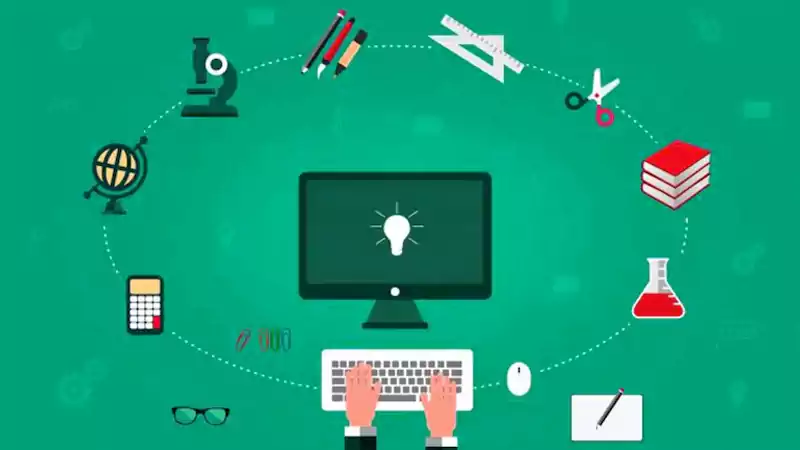Steps to Design & Develop Healthcare Application
You advise people to “Google it” when they ask what an EMR is, how many hospitals are in the region, or the best approach to comprehend your patients. When they ask how to accomplish anything, such as checking your heart rate, you wonder whether there is an app for that. Almost everything has an app, and the healthcare business is no different. The creation of applications for health-related purposes is getting increasingly popular. The healthcare app sector is ready for expansion, and companies interested in entering the field should understand how the process works.
Designing the Best Healthcare Application
Healthcare executives continue to invest in the development of telemedicine, EHR interoperability, and patient portals to improve the patient experience. Telehealth applications will continue to dominate the industry as physicians and patients explore new communication methods while retaining their distance. Shortly, additional telemedicine and RPM solutions will be available. If you own or want to start a medical app development company, you must understand how to construct the ideal healthcare app that meets everyone’s expectations.
Every error in a dynamic and high-demand business like healthcare may be costly. The app’s success depends on a thorough grasp of the market, its stakeholders, demands, and limits. What is the best way to design, create, and deploy a healthcare application? The application development process involves a few phases, regardless of the development approach used.
Planning
Like with anything else, the first stage is to draft a clear and practical application plan. Begin by considering what health issue or pain point you seek to address and whether you can address it with an app. Here, you need to be as detailed as possible. You should also be able to specify who your target consumers are throughout this process: young or elderly, male or female, local or global. You’ll also have to make sure that the software you’re working on is profitable and outline a monetization plan.
Analysis
Now that you’ve sketched out your strategy, it’s time to go into the details. The purpose of this step of the process is to document all of the app’s user, software, and hardware requirements. In this manner, you can decide which features to prioritize and anticipate potential issues during development. If you only want to make a mobile app, you’ll have to pick if you want to build it for Android or iOS, or both. Check to see whether the app conforms with healthcare rules. Healthcare is one of the most heavily regulated businesses, with strict compliance requirements for an application development company. If your app is noncompliant, it may be withdrawn, punished, or even shut down.
Design
Visualize how the app will operate and how patients and users will interact with it based on the investigation findings. After all, creating fantastic software isn’t enough; it also has to give an excellent user experience. Because it is more convenient, a patient attempting to schedule an appointment will utilize an app. They’ll pick up the phone to get the job done if a lousy user interface prevents them from doing a primary task. The simple app design comes next. A prototype or mock-up of the app is built at this stage. It generally contains high-level design elements like flow control and organization and more granular elements like buttons, font sections, and other UI components.
Construction
Now it’s time to start building the structure. All of the initial planning, analyzing, and designing work are put into action at this point. Your in-house or outsourced development team will start programming and coding the app using the specifications and design plan as a reference.
Testing
When the app is complete, double-check that it works as expected, that document requirements are satisfied, and that it is bug-free. As many people know, there is little tolerance for mistakes in the healthcare industry, let alone its apps. To ensure that things are in order, the app must go through a thorough security audit and system tests, integration tests, performance tests, user acceptance tests, quality tests, and debugging. To safeguard app users and their sensitive data, you must guarantee that your medical app and your app are secure.
Implementation
Your application is now ready to be launched. Create an app that you can use on the platforms you’ve specified. It will very certainly go through a review process first, but this is an excellent opportunity to make a statement. Promote your new healthcare app on social media or through your doctor’s, hospital, and clinic’s network.
Online medical consultations have become a thing now and the inception of applications for healthcare will drastically change the way people perceive healthcare services.
Conclusion
Developing applications is a long-term process. You’ll probably repeat this step several times, especially if you’re using the Agile technique. So, after the app’s initial version is up and running, don’t stop there. Invest in an application support and maintenance mechanism as well. Keep an eye on user input, make revisions, keep debugging, and assist. The market for healthcare apps will only continue to expand and for a good reason. Many aspects go into developing an application, but the approach explained above will provide you with a good foundation. You may also contact Android & iOS cross-platform app development consult Flutter Agency to assist with your app development process and help you build the best app possible.










Share